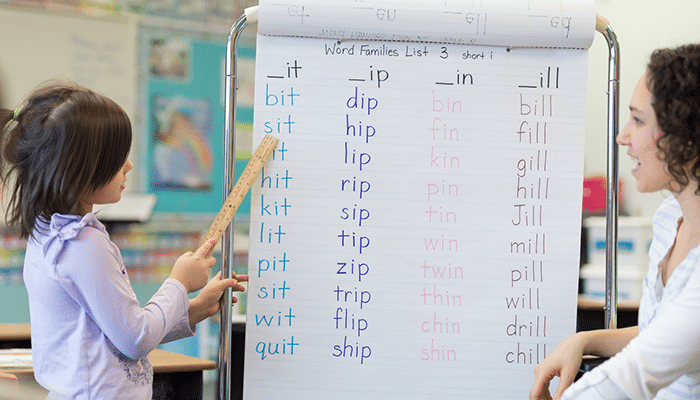Orton-Gillingham and Dyslexia Remediation Strategies
One of the most effective dyslexia strategies for remediation is known as The Orton-Gillingham Approach. Orton-Gillingham is not a method, program or system. It is an approach used to instruct those who have trouble learning to read and spell accurately. Primarily used with dyslexic students, Orton-Gillingham is often used in one-on-one tutoring, small group instruction, and even in the mainstream classroom.
The approach is named after two seminal names in the field of dyslexia. Dr. Samuel T. Orton was a neuropsychologist and pathologist who bridged scientific findings with forms of remediation. He was one of the first to acknowledge that dyslexia, or as he called it, stephosymbolia, was an educational issue. Anna Gillingham was an educator and psychologist who, along with Bessie Stillman, wrote an instructional manual to guide the training and instruction of teachers. The knowledge and expertise of the two has proven to be a successful combination in helping dyslexics overcome their literacy struggles.
The Orton-Gillingham Approach is always geared towards the student as an individual. To that end, a student must be instructed on the basic principles of the English language that come naturally to some and remain a puzzle to others. The approach is characterized by personalized, multisensory, structured, and systematic teaching that is based in language and direct instruction. Tutors and teachers that receive Orton-Gillingham training use diagnostic and prescriptive tools to sequentially teach phonics. In doing so, the student learns cognitively and becomes more confident in his or her linguistic skills.
In 1995, The Academy of Orton-Gillingham Practioners and Educators was established to maintain the standards and ethics of the approach, as well as, certify and accredit individuals and programs that meet those standards.
Other Beneficial Resources and Programs
In addition to the Academy of Orton-Gillingham Practitioners and Educators, other organizations and programs have been developed based on the tenants of Orton-Gillingham.
-
ALTA
Academic Language Therapy Association
-
IMSLEC
International Multisensory Structure Language Education Council
-
Wilson Language Training
For literacy educators across the country
-
IMSE
Institute for Multisensory Education
-
Lindamood-Bell
Atlanta and international locations
What To Expect From Remediation

The explicit instruction Orton-Gillingham provides is appropriate for persons of all ages who experience language based learning disabilities associated with dyslexia. While there is no cure for dyslexia, there is hope. Utilizing dyslexia strategies such as appropriate, individualized, multisensory instruction often leads to a student becoming a proficient reader and capable writer.

An Orton-Gillingham session – either one-on-one, in a small group, or the classroom – should always include multisensory instruction of phonics or language elements, which is presented systematically. Depending on the setting, the lesson time may range from 30 minutes to an hour. Most lesson plans will include a card drill, dictation, and oral reading. Each element will be prescriptive and meet the needs of the student(s). As there is no cure, there is also no quick fix for dyslexia. The time frame for remediation will vary, but progress should be continually monitored.



